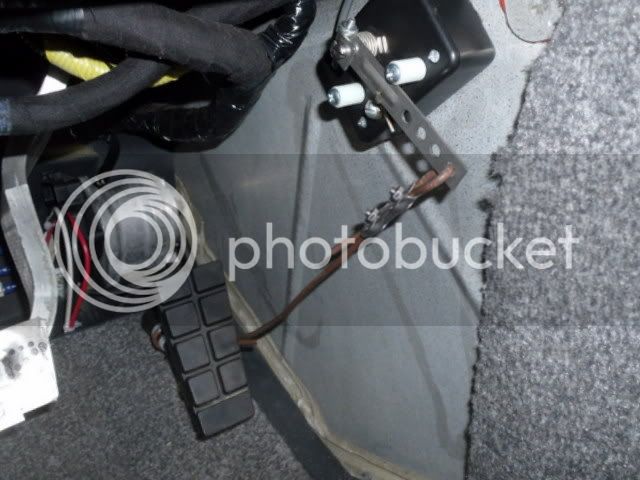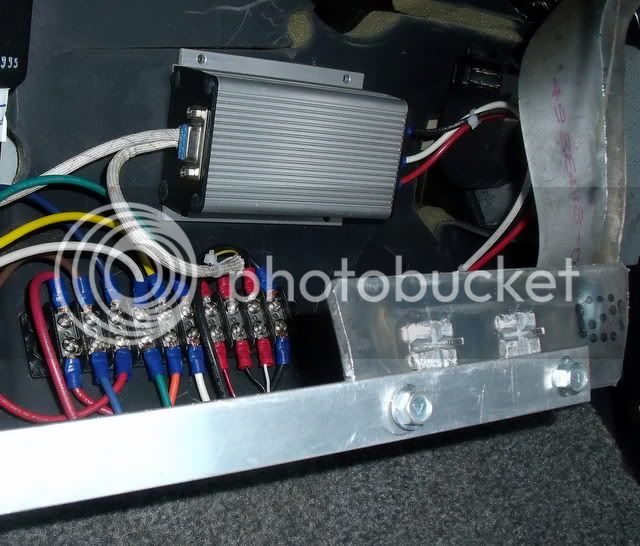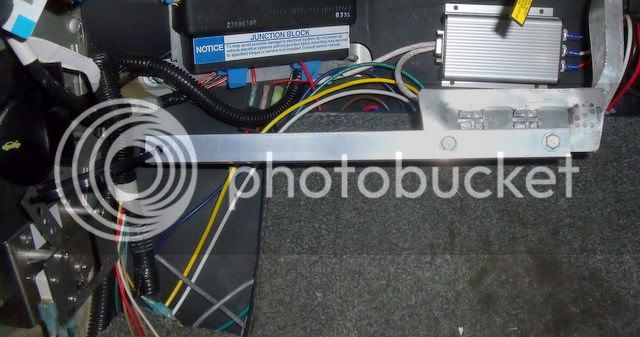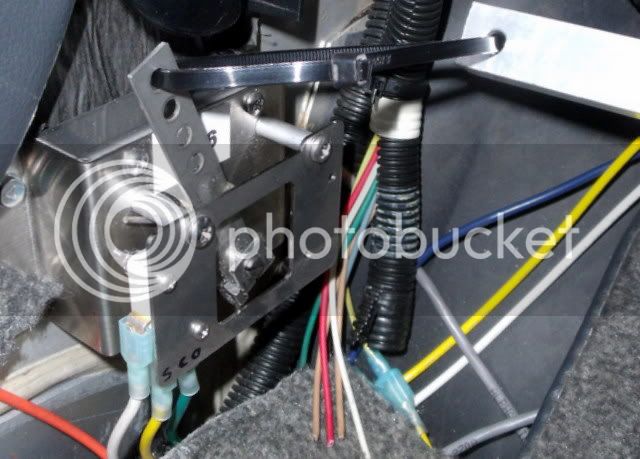JCG
100 W
- Joined
- Nov 10, 2008
- Messages
- 174
Thanks YP. This has been a ton of fun to do.
Update: gauges!

I've sort-of panel mounted the capacitor voltage meter (which has already been displayed here) along with two new gauges for analog outputs for the controller. To keep things colorful I got both a green and blue LED display. My camera really doesn't like the blue one, really acting like it's too bright. The above picture took a whole lot of photographer work.
The analog outputs are both 0-10 V, and of course need to be scaled to actual values (phase amps and RPM or Hz) somehow. At these low speeds and torques the numbers don't get too high. Notice that regen amps are displayed as positive numbers (AC current), contrasting to what we're used to around here with DC motor monitors.
I tooled around in the garage a bit testing their outputs, here's a video. Notice when I power on the motor (put the car into "forward") there is a current (0.80) that shows up on the meter. That's an excitation current to the motor.
[youtube]QkIXqymddDA[/youtube]
Update: gauges!

I've sort-of panel mounted the capacitor voltage meter (which has already been displayed here) along with two new gauges for analog outputs for the controller. To keep things colorful I got both a green and blue LED display. My camera really doesn't like the blue one, really acting like it's too bright. The above picture took a whole lot of photographer work.
The analog outputs are both 0-10 V, and of course need to be scaled to actual values (phase amps and RPM or Hz) somehow. At these low speeds and torques the numbers don't get too high. Notice that regen amps are displayed as positive numbers (AC current), contrasting to what we're used to around here with DC motor monitors.
I tooled around in the garage a bit testing their outputs, here's a video. Notice when I power on the motor (put the car into "forward") there is a current (0.80) that shows up on the meter. That's an excitation current to the motor.
[youtube]QkIXqymddDA[/youtube]






